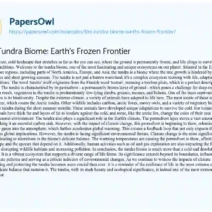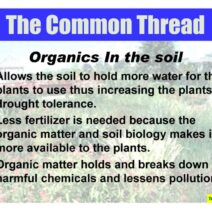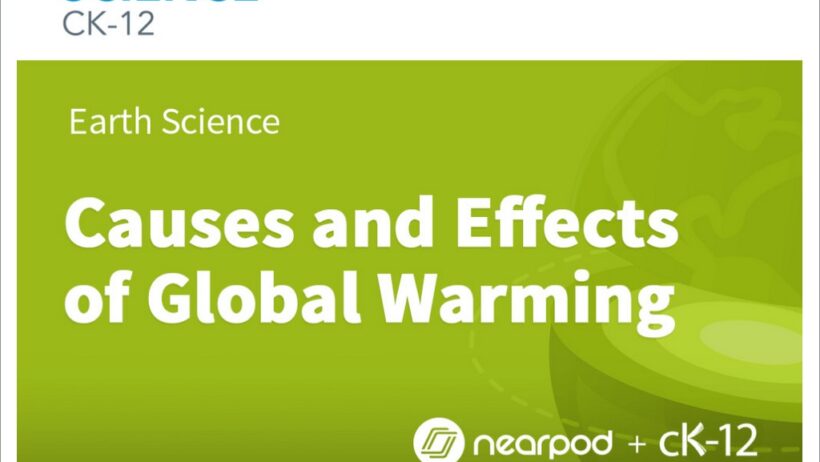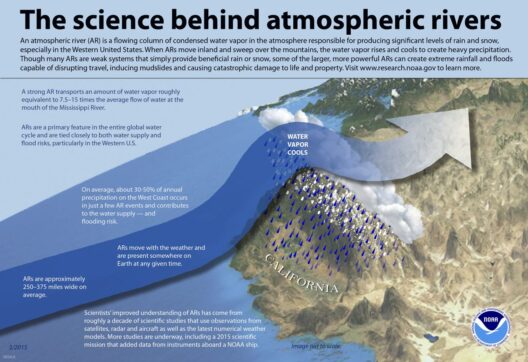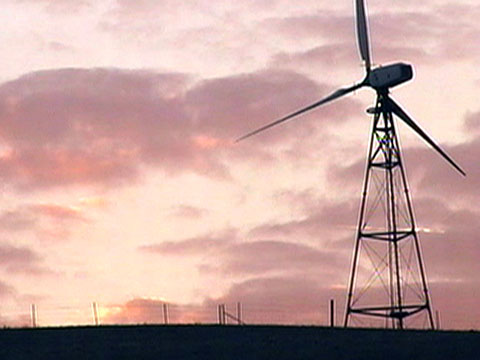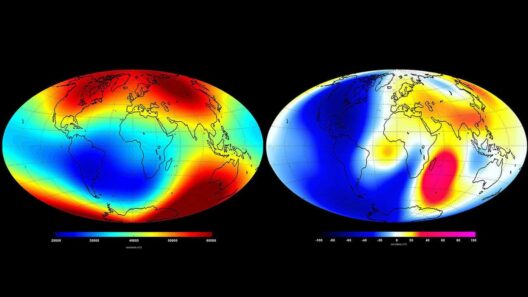Global warming has emerged as one of the most pressing environmental challenges of our time, instigating a fervent discourse around the ultimate causes of our changing climate. The common perception that human activities are solely responsible for global warming often overlooks the intricate interplay between human influence and natural processes. This discourse not only encapsulates the scientific inquiry into climate dynamics but also explores societal myths surrounding the phenomenon.
To unpack the conundrum of global warming, it is quintessential to first acknowledge that the climate system is governed by a multitude of factors, both anthropogenic and natural. Humans have undeniably accelerated the pace of climate change through industrialization, deforestation, and the burning of fossil fuels. However, Earth’s climate has undergone significant variations throughout history due to natural phenomena. Understanding these dynamics can help demystify the prevailing misconceptions about the causes of global warming.
One prevalent myth is that climate change is solely a recent phenomenon attributable to human activity. While the recent surge in greenhouse gas emissions correlates with the industrial revolution and post-World War II expansion, it is pivotal to remember that Earth has continuously experienced fluctuations in climate over millennia. The Earth’s climate has shifted due to natural factors such as volcanic eruptions, solar radiation fluctuations, and ocean currents. The Quaternary period, for example, witnessed multiple glacial and interglacial cycles, fundamentally altering ecosystems long before human influence became a factor.
Natural processes, such as variations in solar energy, significantly affect the Earth’s climate. Solar cycles, characterized by changes in the sun’s luminosity, lead to temperature variations on Earth. The Maunder Minimum, a period of low sunspot activity from 1645 to 1715, coincided with the Little Ice Age, illustrating the power of natural solar variations. While human-induced factors have definitely intensified recent warming, attributing the phenomenon to humans alone oversimplifies the intricate climatic web where nature plays a substantial role.
Another misconception centers around the notion that individual lifestyle changes can singularly mitigate climate change. While reducing personal carbon footprints through recycling, conserving energy, and utilizing public transportation are indeed beneficial, these actions alone cannot counter the scale of emissions produced by industries and agriculture. A comprehensive approach that involves systemic change at institutional levels is essential for meaningful progress. Policy reforms, technological innovation, and shifting economic models must align to confront the challenges posed by climate change effectively.
The perception that carbon dioxide (CO2) is the only greenhouse gas primarily responsible for global warming is misleading. While CO2 is indeed a significant contributor, other gases, such as methane (CH4) and nitrous oxide (N2O), possess a far greater heat-trapping potential per molecule. Methane, which emanates from agricultural practices, landfills, and livestock, is over 25 times more effective than CO2 at trapping heat over a 100-year period. Similarly, nitrous oxide, often released from synthetic fertilizers, is approximately 298 times more potent than CO2 in terms of its global warming potential. Addressing these gases requires a multi-faceted understanding of agricultural and waste management practices.
Moreover, a common assumption is that climate change can be slowed simply by reverting to pre-industrial lifestyles. While examining past agricultural, energy, and consumption patterns may yield insights into sustainable practices, it is imperative to recognize that a holistic transformation is necessary. The socioeconomic dynamics of the modern world have necessitated development strategies that, if left unchecked, will lead to further degradation of natural resources. The challenge lies in balancing economic growth with environmental stewardship, necessitating innovative solutions that redefine our relationship with nature.
Additionally, there is a tendency to emphasize the role of individual consumer choices while neglecting the overarching influence of corporations and governments. Large corporations are significant contributors to greenhouse gas emissions, often prioritizing profit over sustainability. Addressing climate change effectively demands a robust regulatory framework that holds industries accountable. Governmental policies, international treaties, and incentives for clean energy innovations play a crucial role in shaping the climate agenda. Without these systemic changes, individual efforts, however commendable, risk being rendered inconsequential.
Finally, the belief that climate change is an unmitigated disaster can lead to apathy or resignation. While the realities of global warming are indeed dire, it is vital to highlight the opportunities inherent in transitioning towards a sustainable economy. The development of renewable energy sources, sustainable agricultural practices, and green technologies offers a pathway to not only mitigate climate change but also stimulate economic growth. Transitioning to a low-carbon economy may present challenges, but it also paves the way for innovation and employment in emerging sectors.
In conclusion, debunking the myths surrounding global warming necessitates a nuanced understanding of the complex interactions between human activities and natural processes. Acknowledging the layered nuances of climate dynamics empowers us to critically evaluate our actions while fostering an informed discourse. As climate change confronts humanity with profound challenges, embracing a multi-pronged approach—integrating both local actions and global policies—will facilitate concerted efforts to safeguard our planet for future generations. By collectively navigating this intricate web of factors influencing climate change, we can endeavor to harmonize human existence with the natural world, ultimately preserving the delicate balance that sustains life on Earth.
